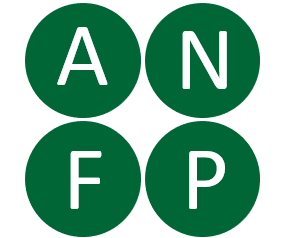Usability of graphene oxide as a mycotoxin binder: In vitro study
by Pavel Horky, Eva Venusova, Tereza Aulichova, Andrea Ridoskova, Jiri Skladanka, Sylvie Skalickova

Abstract
Mycotoxin management in agriculture is an essential challenge for maintaining the health of both animals and humans. Choosing the right adsorbent is still a question for many breeders and an important criterion for feed manufacturers. New adsorbents are still being sought. Graphene oxide is a promising material in the field of nanotechnology, which excels in its adsorption properties. Presented in vitro study investigates graphene oxide for the binding of mycotoxins from crushed wheat. The results show that graphene oxide has an adsorption capacity for aflatoxin 0.045 mg/g, zearalenone 0.53 mg/g and deoxynivalenol 1.69 mg/g at 37° C. In vitro simulation of crushed wheat digestion showed rapid adsorption during the gastric phase. Of the minerals, Mg, Cu and Zn were the most adsorbed. The applied dose of graphene oxide of 10 mg/g caused only a slight inhibition of the digestive enzymes α-amylase and trypsin compared to pepsin and gastric lipase. In vitro results indicated the suitability of graphene oxide in the adsorption of the aflatoxin, zearalenone and deoxynivalenol.
